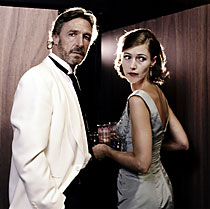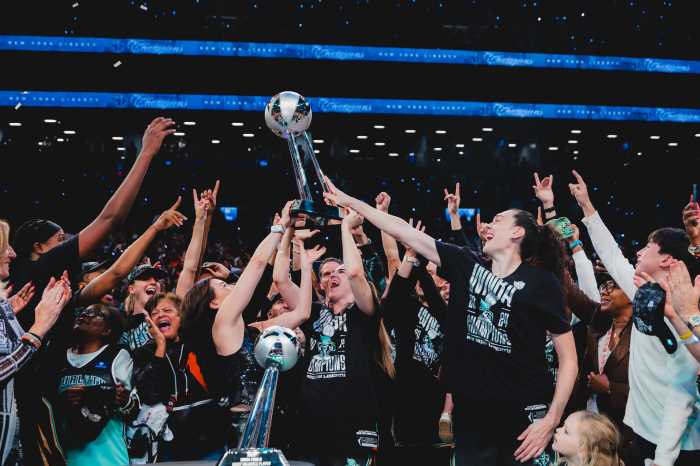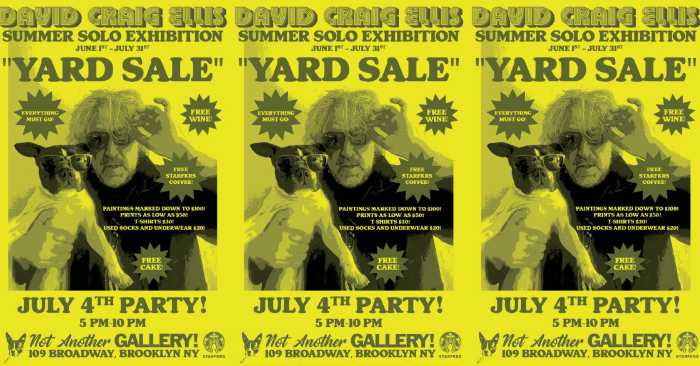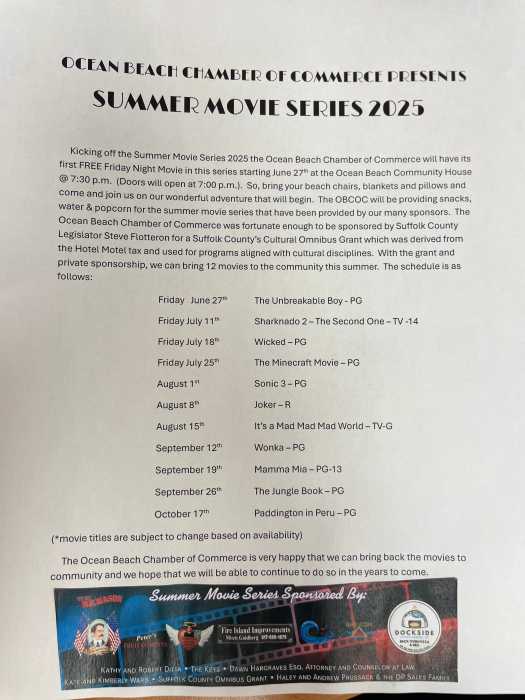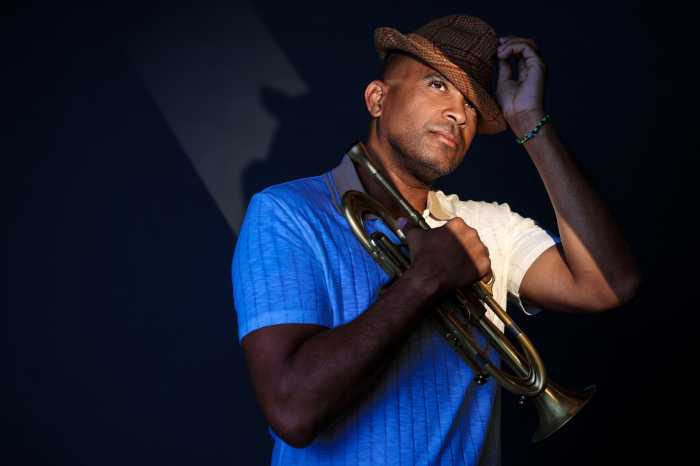The Brooklyn Academy of Music is following
up the triumphant success of the March production of Henrik Ibsen’s
"Hedda Gabler," with another Ibsen classic, "The
Wild Duck."
While the Sydney Theatre Company’s "Hedda" starred
screen siren Cate Blanchett ("The Lord of the Rings"
and "The Aviator"), the National Theatre of Norway’s
production of "The Wild Duck," which is rarely seen
in the U.S., promises to focus the audience’s attention squarely
on their native son’s text and message.
Director Eirik Stubø [pronounced I-rik STU-buh] said the
play is not just better known in Norway than on these shores,
it’s a "national monument."
"It’s a masterpiece," he told GO Brooklyn in a phone
interview from his Oslo home Monday. "[’The Wild Duck’]
is definitely one of Ibsen’s three or four greatest. That’s quite
obvious, but it’s not as popular worldwide as ’A Doll’s House,’
’Peer Gynt’ and ’Hedda Gabler.’
"But in Norway, for some reason, it has become sort of the
archetypical Ibsen experience," he explained. "We read
it in school, and there are some classic TV, theater and film
versions of it, so all Norwegians know this play very, very well.
It is the most-loved Ibsen play for most Norwegians, which made
it a very tempting task to try to confront the play in -hopefully
– a new and fresh way, which I think we do."
In "The Wild Duck," written by Ibsen in 1884, Gregers
Werle returns, after a long absence, to his wealthy father’s
home and learns that the present circumstances of his childhood
friend Hjalmar Ekdal have been created in no small part by the
manipulations of his father, Håkon Werle.
Gregers visits Hjalmar at his attic apartment, where he lives
with his wife Gina, daughter Hedwig and father Lieutenant Ekdal
as well as a menagerie of pets, including the titular wild duck.
Determined to lift the wool from Hjalmar’s oblivious eyes and
rid him of his "life lies" or "life-illusions"
about his close-knit, loving family, idealistic Gregers sets
off on his own manipulative course to expose the truth to Hjalmar
– with disastrous consequences.
Stubø’s production of "The Wild Duck" was originally
produced for the 2004 Ibsen Stage Festival in Oslo and will have
its U.S. premiere at BAM.
Re-thinking a "national monument" presented many challenges
to the director, but his solutions promise to make for a memorable
evening of theater at BAM. Because "The Wild Duck"
is so well known in Norway, even the way the characters are portrayed
have become cliche, said Stubø, so he took a clever approach
to his casting.
"I tried to throw away all of this character nonsense,"
he said. "I wanted to make Norwegians listen to the play
in a new way. I want them to say to themselves, ’Aha, is this
really Hjalmar? I thought he was fat and funny and lighthearted.’
"And Gregers [is conventionally cast as] dark, stern, thin
and sort of Russian. So thus [my] idea: to cast it rather specifically
with two brothers [Eindride Eidsvold as Gregers and Gard Eidsvold
as Hjalmar]. I found that idea very appealing; they are quite
similar in a way. Because Hjalmar and Gregers are looked upon
often – and to a certain extent they are – two opposites. But
I also found it a bit disturbing to have them presented as quite
similar – visually, also. That was one of the central reasons
I wanted to do this play, because I found this way in."
The director said that while he did not add any text to the play,
he did alter the setting and trim passages that he felt were
superfluous.
"It was important to me, as it always is in my directing,
to find the ambivalence and complexity in these characters,"
said Stubø. "Within the lines of each character,
I took out when I found Ibsen, in my opinion, was too eager to
explain or expose a character. I wanted to give them some secrets,
which he was, in my opinion, a little too eager to expose."
While the characters may have become more secretive, the setting
of the Stubø’s production – the late ’50s, early ’60s
– is more accessible for contemporary audiences.
"I removed the aspects of the text that placed it in the
1880s, because for me it makes no sense at all to give a portrait
of the 1880s. Rather, it’s a great tragic-comic play about how
difficult it is to live. It’s a play about the vulnerability
of people. How difficult it is to live as a free individual that
you need to create some form around your life that makes it bearable
in some way So it’s really not a play about the 1880s at all.
"[My production is] not a very precise image of the late
’50s, early ’60s, but there are some components that tell you
it’s not today, but it’s an age of more innocence than 2006,"
Stubø continued. "But really, the point of it was
to liberate the play from a very Victorian setting and to meet
these characters with all of the openness and curiosity that
the play really deserves."
Because it was important for the director to preserve the play’s
sense of danger, he still needed to harken back to an earlier
time – if not the 19th century.
"Today, in a Western democracy, it’s not such a scandal
or catastrophe on a personal level to be thrown out of a marriage,
but for Gina it is, and that’s really the reason to place it
in that era [of the mid-20th century]. [The setting] adds some
color and helps us to understand the play," said Stubø.
Ibsen is widely admired for being a "master builder,"
famous for his abilities to construct dramas, but Stubø
said that he found the "real genius" of the playwright
was "the real, complex, personal, original universe"
that he created in the attic apartment of "The Wild Duck."
And Stubø has had a lot of time to ruminate on the genius
of Ibsen. The 41-year-old is also the artistic director of the
National Theatre of Norway – where he has worked for six years
– which is popularly known as "Henrik Ibsen’s own theatre."
"In more than one sense he has been a model figure for this
theater ever since it opened in 1899 with his play, ’Enemy of
the People,’ " explained Stubø. "As you can
imagine, Ibsen is a very central figure in Norwegian theater,
being one of the leading playwrights in the world."
The National Theatre of Norway’s production
of "The Wild Duck" will be presented at the BAM Harvey
Theater (651 Fulton St. between Ashland and Rockwell places in
Fort Greene) Oct. 25-28 at 7:30 pm and Oct. 29 at 3 pm. Tickets
are $20, $30, $45 and $50. For more information, visit the Web
site www.bam.org or call (718)
636-4100.


